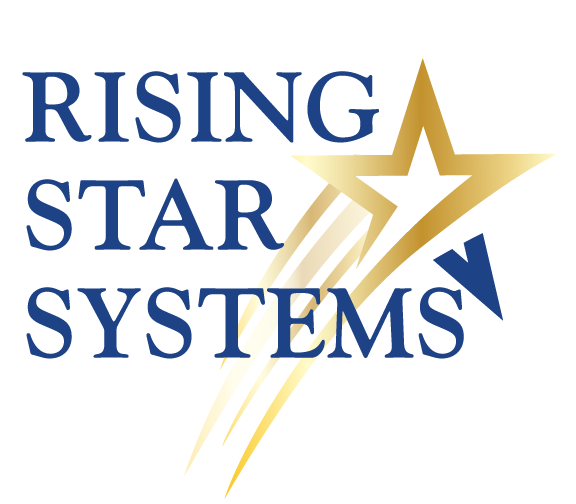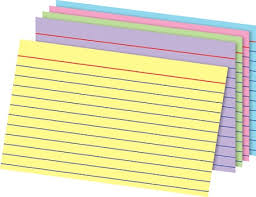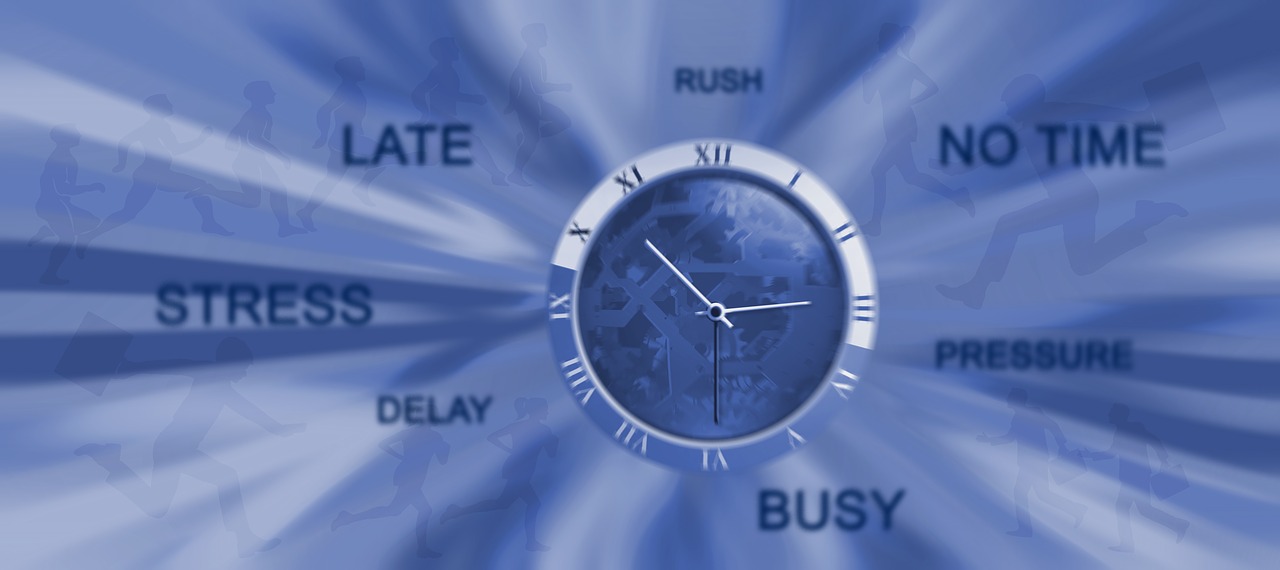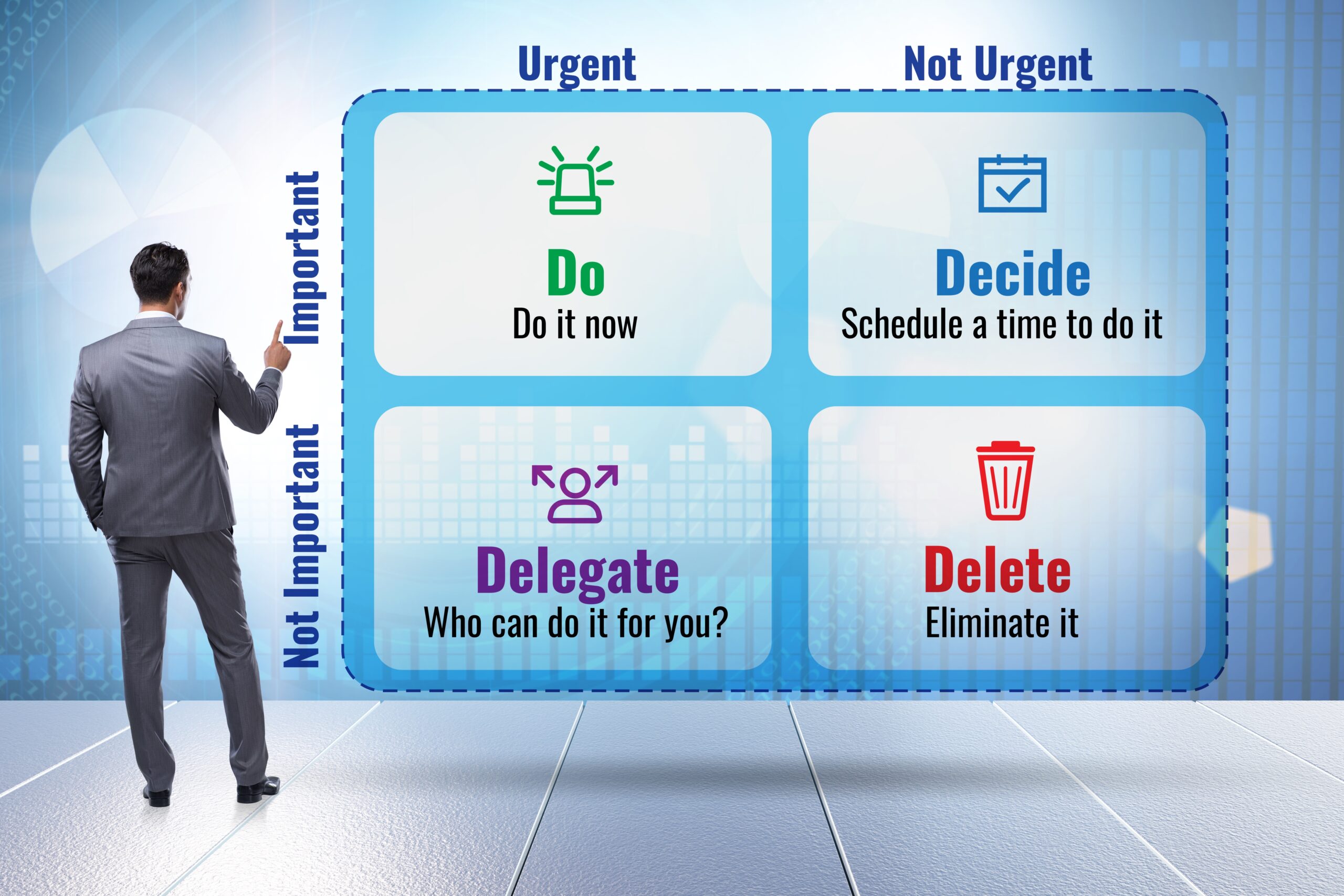Back in the good old days, before such things as computerized contact management systems, salesmen created a physical contact management system. I learned this system many years ago, while working in the Network Marketing world. For those of you who prefer the tactile sensation of a physical contact management system, but are finding that just having an address book or a notebook or a pile of papers isn’t working for you, try this:
Supplies (links go to the Amazon.com site for purchase):
- Index Cards (3×5 or 4×6)
- 2 Index card file boxes (also 3×5 or 4×6)
- 3 sets of dividers (size appropriate to the cards you choose):
Set one box up with the numbers in front and the months in back appropriate to the current date.
e.g. – Today is May 8th. You would have May, 8, 9, 10….31, June, 1-7, July, Aug…..
As each day passes, you put that number tab divider into the next month.
The second box is set up with the A-Z tabs.
For each contact, you make up 2 cards. One card just has name, address, phone number, and basic information and that card is filed in the second box alphabetically. (For easy access by name).
The second card is an ongoing tracking of every interaction you have with that person. So let’s say you meet someone at a networking meeting on 5/1. You make your first call with them today 5/8 to gauge interest in your services. They are going on vacation next week for 2 weeks. They are interested but could you call them back after 5/21.
You make a note of all the pertinent details on the card under 5/8 (where are they going on vacation, any personal details they mention, the fact that they are interested, etc.). You also make a note on the card “5/21 f/u call to pursue booking a gig (or whatever).” Then you file that card behind the #21 divider. If a contact says, call me back after the summer, you file their card behind the September tab. Always noting what the next action is on the card. Assume that you have no short term memory. Write everything down. Any information they give you about themselves, their circumstances, what they’re looking for, everything gets written down.
Each day you check that day’s divider and take any actions scheduled for that day. Every contact should have a future action scheduled unless they have unequivocally said, “No thank you.” Then you can decide to either toss the card (if they were a jerk about it), or clip it to their alphabetically filed 2nd card. You never know when they may call you in the future or send you a referral.
In this way, nothing ever falls through the cracks. Even if you only work your business 3 days a week, you just check the actions for the days preceding. Any calls you didn’t get to today, immediately re-file under a future date.
This system can be modified for 3 ring binders or accordion files. Whatever works for you. What’s nice about the index card is that it is incredibly portable. What’s challenging is the lack of space for copious notes. You can also get creative using colors. For example, venue owners could be one color, agents/managers another color, fellow artists yet a third color. Whatever makes you happy, helps keep you organized and supports you in taking action!






6 Responses
Actually, the May tab would be at the back, for next May. Likewise, first thing in the morning, the #8 tab would go behind #7, thereby leaving today’s cards at the very front (so you can see if there are still any outstanding) and you can re-file any cards for monthly follow-up.
Tips for usage:
– file cards for later in the following month (in this example, say June 17th immediately behind June. Move days to the very back of the month (in this example, immediately before July). Towards the end of May, file as many as possible of June’s cards in the correct day (eg you might not be able to do this yet for 26-30). Obviously, if you’re following-up in 3 weeks, the day will already be available, just file it straight away.
– for follow-up more than a year away, I tend to use the correct month and just ignore it until the relevant year. It doesn’t happen often, but some events are alternate years, or where you’ve been involved with an 18th celebration and will prospect for the 21st.
– remember this is a call to action. If you’re sending clients birthday cards, date the index card a week ahead of time, not on the actual day (unless you’ll only be ringing or emailing.
Exactly right! Thanks for your addition
I’ve been trying to use this system, but wonder how you handle this: a person returns YOUR call days or weeks after you’ve left a message. How do you find that person’s card to see what notes you have for your follow up? Thanking you in advance.
That’s why you make 2 cards for each contact – one that’s filed alphabetically. You can easily find their card and make the appropriate notes on it. Then when you have a minute (after the phone call), you can flip through the “By Date” filed cards and find their other card and copy those notes over (and schedule the next action for that contact). It’s not a perfect system – and that is one of the things that electronic systems tend to handle better.
Hope that helps
Debra
Can you tell me which electronic system or app us better? (The old system was great)
I’ve been pretty happy with insightly. But everybody is different and it depends on what you need and how you’re using it and what system you’re on (IOS, PC/Android).
Honestly, I’ve probably tried 10 systems and so far, insightly works closest to how I intuitively use my CRM. Plus, it’s in the cloud and interfaces with G-Suite (gmail). And my assistants can access it and do work remotely for me.